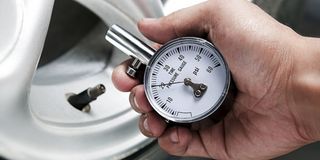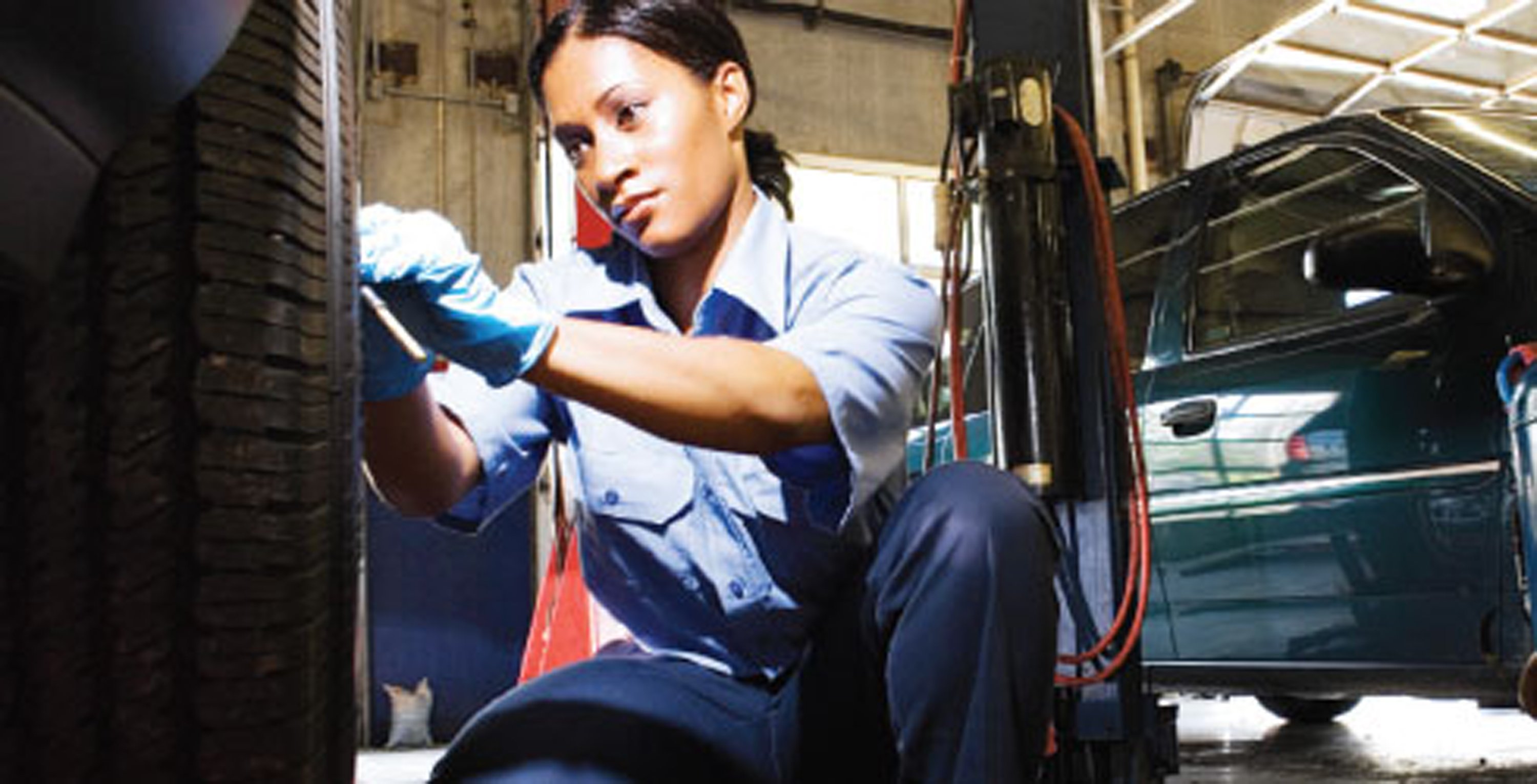Ask the Mechanic: Is there an absolute ‘right’ tyre pressure?

What you need to know:
The manufacturer’s recommended pressure is not a fixed optimum. It is the best compromise to cover a wide range of normal driving circumstances, road surfaces, loads, speeds, climatic temperatures and journey lengths that are different but not too extreme
Hello Paul, how important is the tyre pressure recommended by car makers, and how exactly should their recommendation be followed?
Victor
Hello Victor, the ‘right’ tyre pressure is important, but it does not have to be absolutely exact. And, indeed, it should sometimes be deliberately varied.
The manufacturer’s recommended pressure is not a fixed optimum. It is the best compromise to cover a wide range of normal driving circumstances, road surfaces, loads, speeds, climatic temperatures and journey lengths that are different but not too extreme. It is also based on the precise tyre specification that is fitted to the car in the factory, and that might not be what is fitted to your car today (most motorists own used cars).
Think of the recommended pressure as your best guide. Set your pressures close to that and you will have a safe setting that gives a good balance of shape, strength and comfort.
The pressure you set should be hard enough to give the tyre its correct shape so the tread lies flat (left to right) on the road surface when it is rotating at speed. But not so hard that it compromises ride comfort and subjects the vehicle to undue shocks and vibration.
Too hard and the centre of the tread will bulge slightly, causing rapid wear in the middle and lifting the edges of the tread off the road so they do not contribute to traction. Too soft and the edges of the tread will take the load, fractionally lifting the centre of the tread off the road. It will also allow the sidewalls to bulge more, so they flex more and generate more heat, and are also more vulnerable to damage from roads made of sharp stones.
So, first consider whether the specification of tyres on your car today are much the same as, or very different from, those originally fitted by the manufacturer. If roughly the same.
Next, for all “normal” conditions set and keep the pressures at or very near the manufacturer’s recommended level(s).
Generally, err on the high side by a few per cent (a couple of psi) as your norm rather than under-inflate.
The only situation in which you should deliberately under-inflate your tyres is when driving in deep, soft sand. Do not deflate until you reach the sand and re-inflate as soon as you leave it. Cars driven over desert dunes drop their pressures by more than half. The tyre then “floats” better on the top of the sand instead of digging into it like a circular saw and getting stuck. This technique is combined with a lower gear and higher revs to ensure there is enough power to maintain a good momentum.
Significant departure from the recommended pressure should be in exceptional circumstances for extreme journey conditions, and the change will almost always be to increase the pressure for a whole journey, by 5-10 percent for each of the following conditions:
Speed: Sustained high-speed cruising over long distances (to reduce heat buildup by making the sidewall stiffer so it flexes less. Flex is a heat generator).
Load: If the vehicle is heavily or fully laden, so the tyre retains its normal shape.
Road surface: On road surfaces made of jagged stones, there is a higher risk of gashing the tyre wall if it protrudes well outside the tread. There is also greater risk of a “pinch” puncture if an unseen rock squashes the sidewall flat against the wheel rim. Higher pressure to stiffen the sidewall reduces both these hazards. A hard tyre is also less prone to thorns and nails through the tread.
Remember to reset the pressures when the journey ends. Delaying this will not do any immediate harm, but it will make the ride less comfortable and in the longer term could cause body cracks and shorten the lifespan of rubber bushes.
32psi
Right pressure.
On newer cars, the recommended tyre pressure is most commonly listed on a sticker inside the driver’s door.
If there is no sticker on the door, you can usually find the specs in the owner’s manual.
Most passenger cars will recommend 32 psi to 35 psi in the tyres when they are cold.
Send sms: mycar (space) your comments and questions to 6933 or email them to: [email protected]




